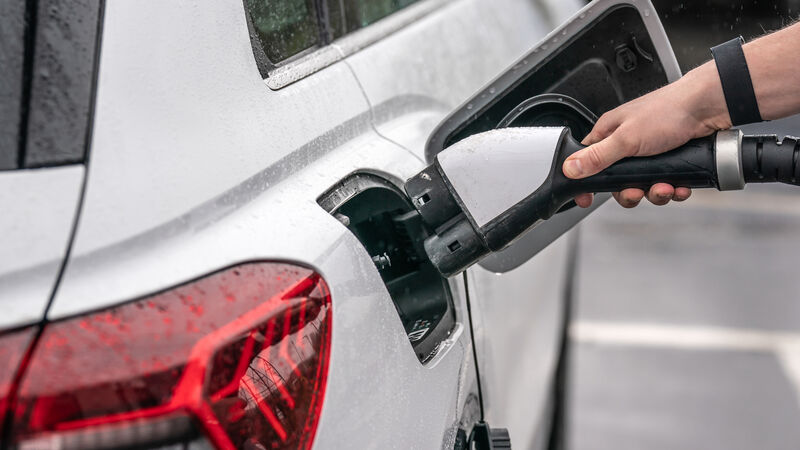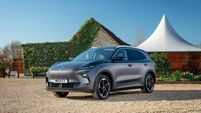Electric vehicle ownership higher in urban areas while rural dwellers more likely to opt for petrol or diesel

Electric vehicles ownership rates were highest in the eastern and midlands region of the country and lowest in northern and western parts.
More than one in 10 people (11%) in Ireland live in a household that has an electric vehicle but over half of people in rural areas will opt for petrol or diesel models the next time they change cars.
New research from the Central Statistics Office (CSO) on the energy behaviours of Irish households has found that, despite the energy regulator repeatedly urging people to switch to find better deals at a time of surging prices, only a quarter (24%) changed tariffs in the last year.
One-third of people used natural gas to heat their home in 2024https://t.co/qo5Ngbsiyf#CSOIreland #Ireland #Environment #Buildings #EnergyRatings #Energy #EnvironmentalSubsidies #EnvironmentalAccounts #NetworkedGas #GasConsumption #Climate pic.twitter.com/kraMxOrAp1
— Central Statistics Office Ireland (@CSOIreland) November 25, 2025
“This report presents the results of a survey of 3,916 people conducted aimed at growing our understanding around primary and secondary fuel use, installations of energy efficiency technology in homes, electric vehicle ownership and sentiment and information on electricity tariffs and consumer behaviour,” CSO statistician Dr Robert Stapleton said.
For electric vehicles, ownership rates were highest in the eastern and midlands region of the country and lowest in northern and western parts.
About four in every five people who had an electric vehicle charged it most often at home, with a majority doing so at night.
The survey found more than half of electric vehicle owners were on a smart tariff or day/night tariff to take advantage of lower night charging costs.
Among those who did not own an electric vehicle, this fell to about 30%.
When it came to the next-car purchase, more people said they were likely to go for a petrol or diesel vehicle (41%) than a non-plug-in hybrid electric vehicle (13%), plug-in hybrid electric vehicle (10%) or battery electric vehicle (8%).
In terms of electricity tariffs, almost half were on a standard tariff, with this proportion increasing with age.
Just one in 10 of us, meanwhile, have changed our electricity consumption patterns to take advantage of better rates at different times of the day.
In terms of retrofitting and making homes more energy efficient, about 11% of people said they had had heat pumps installed, 10% reported having photovoltaic solar panels, and 8% said they had thermal solar polars.
The most widely reported energy efficiency installation was smart heating controls, with about one in six having them installed.
Turning to the main sources of heating in homes, the CSO said natural gas was the most common fuel source in about 33% of homes.
“The use of natural gas varied between urban locations, where it was the main fuel used for 48% of people, and rural locations, where just 5% of people reported its use,” Mr Stapleton said.
“In rural locations, kerosene at 41% was the most common fuel or energy source used to heat homes.”
Electricity was more likely to be the main source of heat in rented properties compared to those lived in by owner-occupiers.
It was, however, the main cooking fuel used by 71% of people across the country.
A higher proportion of people in flats or apartments (88%) reported electricity as their main cooking fuel compared with those in terraced (73%), semi-detached (72%) and detached houses (66%).












